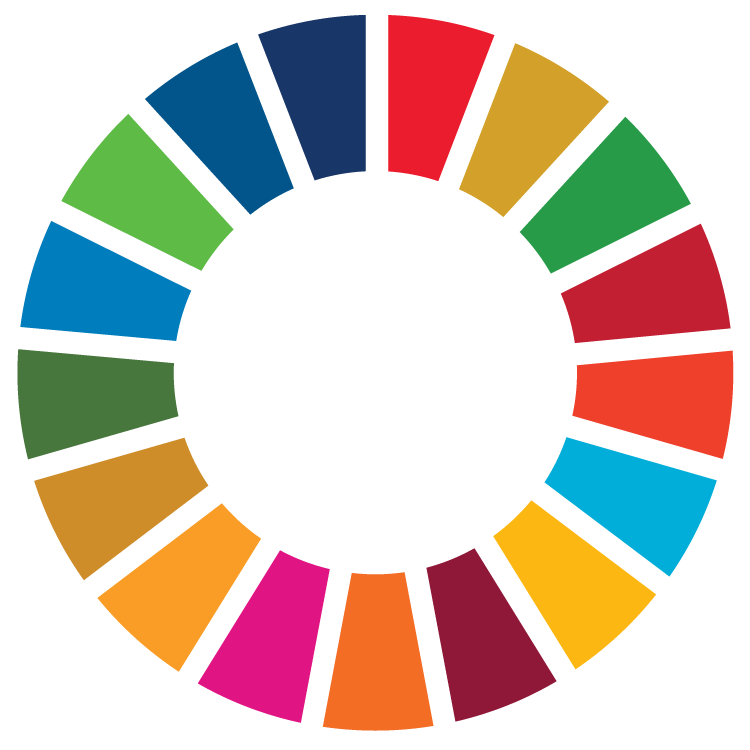The fact that substantial amounts of food are produced but not eaten by humans has substantial negative impacts: environmentally, socially and economically. Estimates suggest that 8-10 per cent of global greenhouse gas emissions are associated with food that is not consumed.
Reducing food waste at retail, food service and household level can provide multi-faceted benefits for both people and the planet. However, the true scale of food waste and its impacts have not been well understood until now. As such, the opportunities provided by food waste reduction have remained largely untapped and under-exploited. If we want to get serious about tackling food waste, we need to increase efforts to measure food and inedible parts wasted at retail and consumer levels and track food waste generation in kilograms per capita at country level. Only with reliable data are we going to be able to track progress on Sustainable Development Goal (SDG) target 12.3, which aims at halving per capita global food waste at the retail and consumer levels and reducing food losses along production and supply chains, including post-harvest losses.
The Food Waste Index Report aims at supporting the goals of SDG 12.3. It achieves this by presenting the most comprehensive food waste data collection, analysis, and modeling to date, thereby generating a new estimate of global food waste; and by publishing a methodology for countries to measure food waste at the household, food service, and retail levels, enabling the tracking of national progress towards 2030 and reporting on SDG 12.3. Countries using this methodology will generate strong evidence to guide a national strategy on food waste prevention, that is sufficiently sensitive to pick up changes in food waste over two- or four-year intervals, and that enables meaningful comparisons between countries globally.
Photo: Unsplash / Markus Spiske


